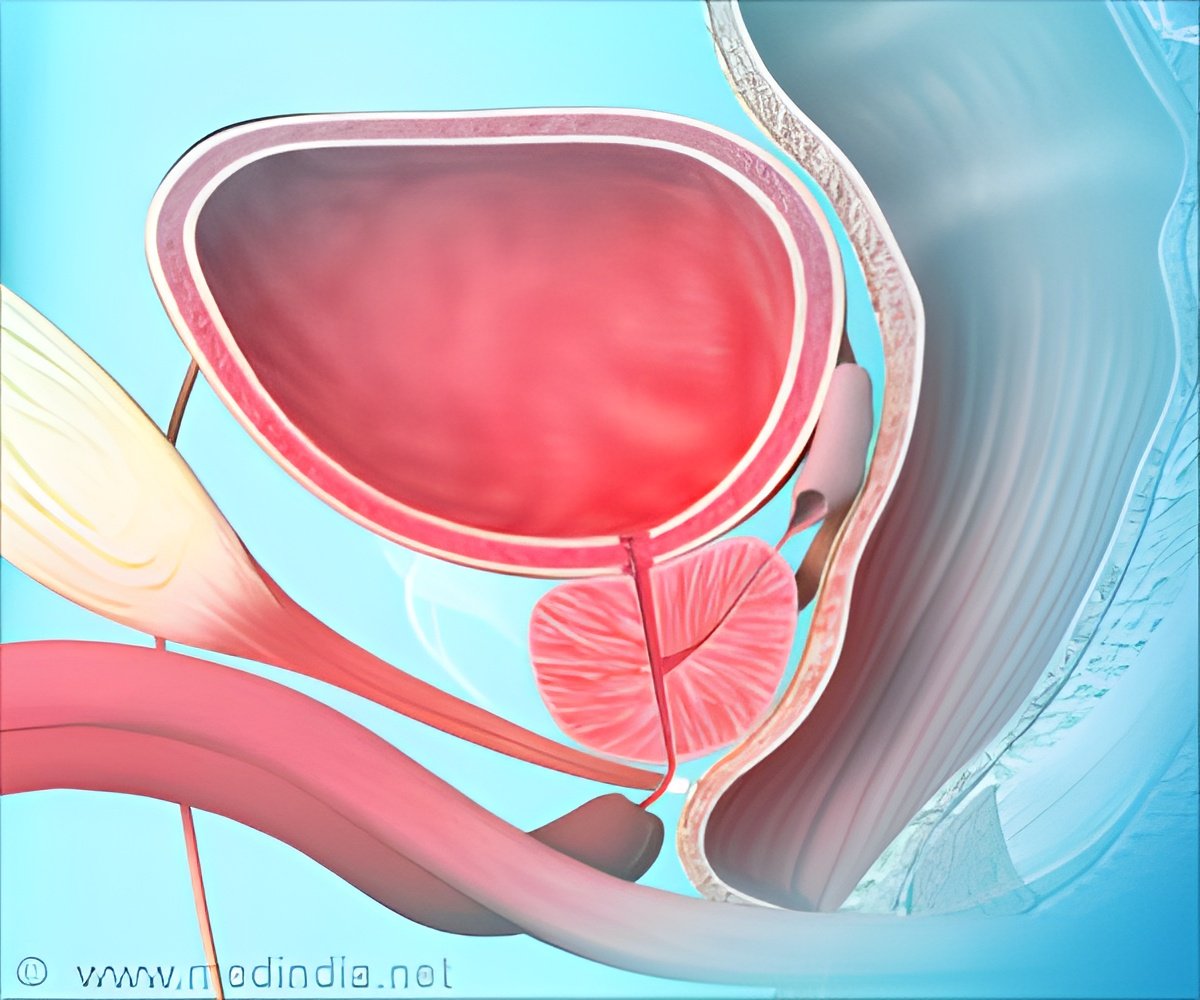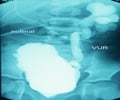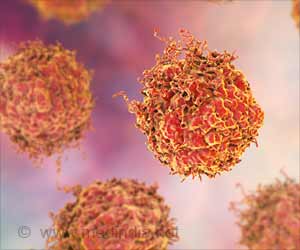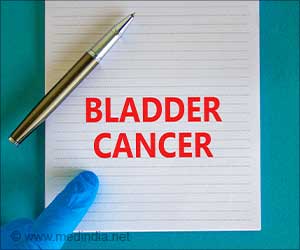New Oncotarget study examined the importance of the De Ritis ratio as a prognostic marker in high-risk Non-Muscle Invasive Bladder Cancer (NMIBC)

‘Higher De Ritis ratio was found to be an independent risk factor for cancer progression.’
Read More..




A multivariate analysis revealed that non-BCG treatment was an independent risk factor for recurrence, and a higher De Ritis ratio was an independent risk factor for cancer progression.Read More..
Dr. Takashi Kawahara from The Yokohama City University Medical Center said, "Bladder cancer is the eleventh most common malignant disease in the world, and non-muscle invasive bladder cancer (NMIBC) accounts for 75% of all bladder cancer cases."
The serum aspartate aminotransaminase /alanine aminotransaminase ratio was first reported by De Ritis in 1957, since then this ratio has been called the De Ritis ratio.
In genitourinary cancer, a high De Ritis ratio was reported to be a poor prognostic marker in prostate, renal, and urothelial carcinoma.
In breast and lung cancer, a high De Ritis ratio was also reported to be a poor prognostic marker.
Advertisement
To reveal the usefulness of the De Ritis ratio as a biomarker, a longer-term study of a larger population with a prospective design should be performed. However, more studies are required to confirm this.
Source-Medindia












